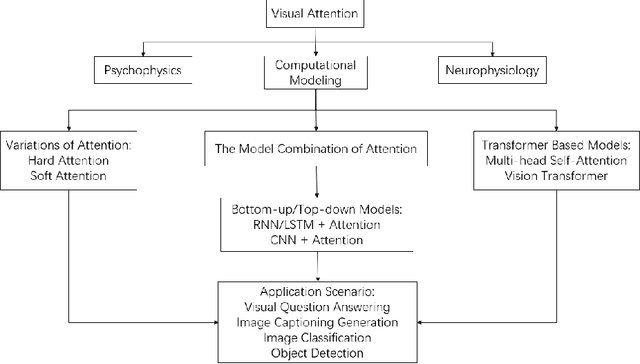Relating Blindsight and AI: A Review
Paper and Code
Dec 09, 2021
Processes occurring in brains, a.k.a. biological neural networks, can and have been modeled within artificial neural network architectures. Due to this, we have conducted a review of research on the phenomenon of blindsight in an attempt to generate ideas for artificial intelligence models. Blindsight can be considered as a diminished form of visual experience. If we assume that artificial networks have no form of visual experience, then deficits caused by blindsight give us insights into the processes occurring within visual experience that we can incorporate into artificial neural networks. This article has been structured into three parts. Section 2 is a review of blindsight research, looking specifically at the errors occurring during this condition compared to normal vision. Section 3 identifies overall patterns from Section 2 to generate insights for computational models of vision. Section 4 demonstrates the utility of examining biological research to inform artificial intelligence research by examining computation models of visual attention relevant to one of the insights generated in Section 3. The research covered in Section 4 shows that incorporating one of our insights into computational vision does benefit those models. Future research will be required to determine whether our other insights are as valuable.
 Add to Chrome
Add to Chrome Add to Firefox
Add to Firefox Add to Edge
Add to Edge